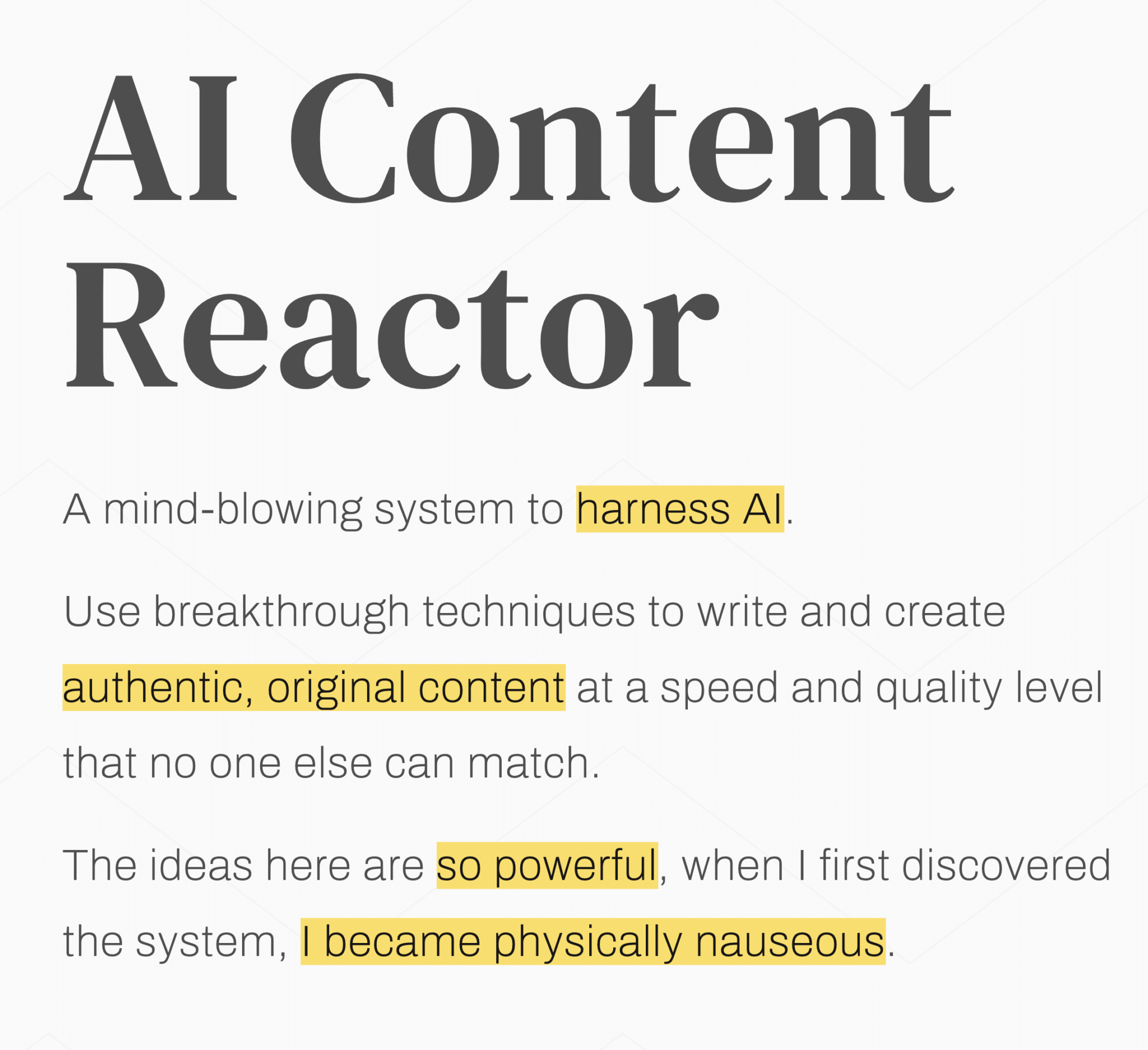If we’re being realistic, we’d have to conclude that WordPress is one of the handiest online tools for content management. In the past decade and a half, WP has allowed countless individuals to jumpstart their online careers easier than they could ever hope for. However, obviously – no online platform is perfect. And keeping that in mind, we should remember that WordPress has its share of issues. However, most of these aren’t problems that you can’t fix on your own. Which is why we’ve decided to address some of the most common WordPress problems right here; while also giving you ways to solve them!
Make sure to do a backup first!
Before we begin providing solutions to some of the most common WordPress problems out there; first we’d like to give you a word of advice in general. Ask any professionals who provide website optimization services, and they’ll tell you the same. Before doing any work in WordPress, make sure to back up your website! There are all kinds of things you can’t predict happening. And in that situation, it’s always much better being safe than sorry!
So, how do you go about doing this? Well, for starters, your web host can perform the back up for you; that’s something that premium-quality hosting providers happily do. But if that’s not an option, you can just use some of the numerous WordPress plugins to achieve the same result.
Syntax Error or Parse Error in WordPress
As we’ve previously mentioned, many people have used WordPress to more easily manage their online content. But while this is a great platform for those who provide blog writing services; if you’re not well-versed in common WordPress problems and their solutions, you can hit all sorts of speed bumps. And one of those is a syntax or parse error. This issue most commonly rears its ugly head when people use functions.php to add more code snippets to their site. And once they reload it, this error shows up.
Don’t worry, though, as there is a solution for this. Namely, you need to realize that a syntax error points to a piece of bad code that you need to rectify. When it comes to code, even a wrongly placed semicolon or a missing bracket could mess everything up. That’s why you should never directly paste snippets of your code into a site that’s live. Before that, you need to test it in a development environment. But if you’ve already hit the error we’ve mentioned above, there is only one solution; you need to go through your code and correct whichever part is wrong.
There’s no reason to panic, though; you won’t have to wander through the entirety of your code and look through it all. When your browser gives you this error, he will tell you precisely what files are causing the problem. Once you see that, you simply have to access the file in question and seek out the line that the error message is referring to.
Internal Server Error
If you want to increase your social media reach and blog traffic using all of the different options WordPress provides you with; you may need to learn about making some serious adjustments. And with that in mind, now we arrive at one of the more complicated among common WordPress problems; one which may require trying multiple solutions before you completely resolve it.
You may have encountered the infamous Internal Server Error; or, in more specifically the 500 Internal Server Error. So, what does this actually entail? Basically, it means that there is something wrong with the server connection, but the serves cannot identify what the issue is specifically. There can be plenty of causes for this, and you’ll need to try several different methods to solve this.
Checking .htaccess
If you’re getting this error, there’s a chance that your .htaccess file has been accidentally corrupted. This is a bad thing, seeing as this file houses some crucial directives for your server; for example, the rules for rewrites that allow you to have pretty permalinks. So, how do you check if this is what’s causing the error? You need to use FTP to access the server; then search for the file in question inside the server’s root directory.
Keep in mind though, this file isn’t visible by default. There’s a chance you’ll have to enable an option called ‘force show hidden files’ in order to access it. So, once you find .htaccess, go ahead and rename it – use something like .htaccess_old. After that, attempt to reload the site and see if it works. If the corruption of this file was what caused the syntax error, log into the website and make sure you save the new structure of permalinks. That’s how you will generate a brand new .htaccess file.
Disable bad plugins
As we’ve mentioned before, WordPress has plenty of useful plugins. However, this plentiful number of plugin choices also means that they’re the cause of some of the most common WordPress problems. So, your syntax error may also be caused by the incompatibility of a certain plugin.
Luckily, if the is the case, you can easily find out which one, if any, is the culprit. You simply deactivate all of your plugins. Then, proceed to activate the plugins again, one by one. At some point, you’ll find which one was causing the issue.
Author bio:
Cameron Anderson is a freelance web designer and self-taught WordPress aficionado. Currently, his career is focused on writing WordPress-related advice and tutorials for websites like WP Full Care. In his free time, he enjoys both watching and playing basketball, as well as the occasional hunting trip.







































